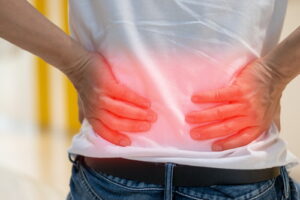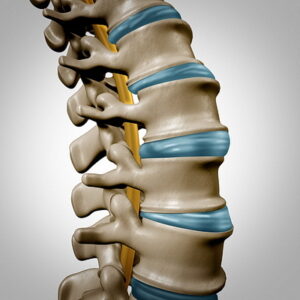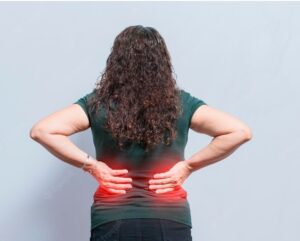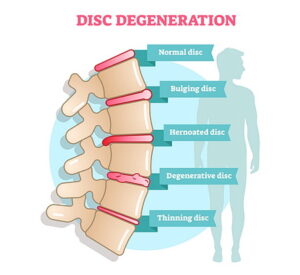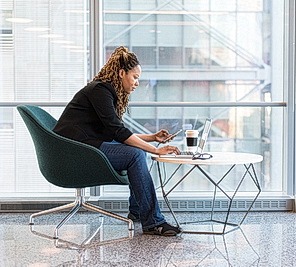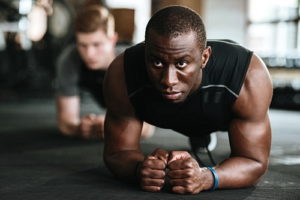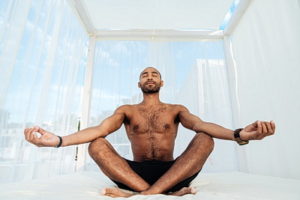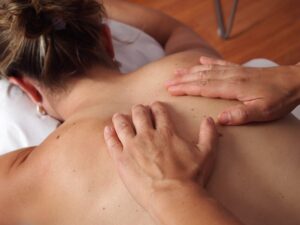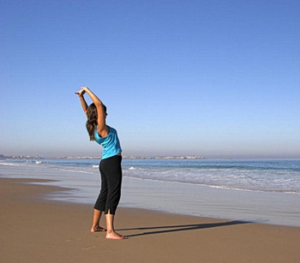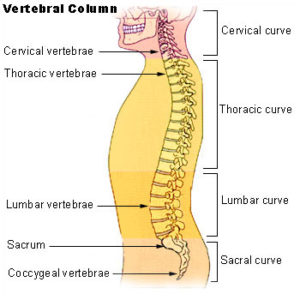
Back pain can be a difficult and uncomfortable obstacle to overcome. It can limit our daily activities and, in more severe cases, make it difficult to even perform simple tasks. But there is hope!
Regular exercise is one of the most effective ways to alleviate this pain, and it can be done in the comfort of your own home. In this article, we will explore seven simple and effective exercises that can help you strengthen your back and help to relieve the pain.
All of these exercises are designed to target the most important areas of the spine and are suitable for all fitness levels. With dedication and consistency, you can improve your posture, increase strength, and reduce your back pain. So let’s get started!
Benefits of Regular Exercise for Back Pain
Regular exercise can reduce stress, improve sleep quality, boost mental health, and improve overall health. But perhaps the most important benefit is that exercise can be extremely effective in reducing and managing back pain.
Many of the muscles surrounding the spine, like the glutes, core, and back muscles, are used to stabilize and support the spine. Being inactive can reduce the strength of these muscles, making it more difficult to support them, and increasing your risk for discomfort or pain.
Exercises for the back have been shown to increase back support, reduce lower back pain, and improve posture. In addition, it can also increase blood flow, which can help reduce swelling and inflammation and improve healing and recovery time.
1: Bird Dog

The bird dog exercise is great for strengthening both sides of your core and back. It can also help improve your posture and reduce pain and stiffness. Start by getting in a plank position, with your back parallel to the floor, and your forearms on the floor.
Then, lift one leg, with your knee bent at a 90-degree angle. While you’re lifting, rotate your hips and shoulders towards the lifted leg. Then, slowly return to the starting position, and repeat on the other side. The bird dog can be done as part of a core circuit, or it can be used as part of a warm-up before the other exercises described in this article.
2: Cat Camel
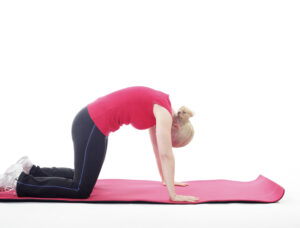
The cat camel is a simple yet highly effective exercise that can be done anywhere, regardless of your fitness level. This exercise can help improve your posture and reduce back pain by strengthening your core muscles.
Start in a seated position with your back straight, and your hands resting on your knees. Then, slowly arch your back like a cat, while keeping your abdominals engaged to support your lower back. Hold this position for a few seconds, and then slowly lower back down, like a camel. Repeat this exercise a few times, and you’ll start to feel the benefits almost immediately.
3: Glute Bridge

The glute bridge is a great exercise for strengthening your glutes, hamstrings, and core. It is a highly effective way to improve your posture, balance, and strength, and can help relieve back pain and stiffness.
To perform this exercise, lie down on the floor with your knees bent, and your feet resting flat on the floor. Then, lift your hips toward the ceiling until your knees, hips, and shoulders are in a straight line. Squeeze your glutes, and hold this position for a few seconds. You should feel the muscles in your hips contracting, and your back should be straight. Then, slowly lower yourself back to the starting position. Like all of the exercises in this article, the glute bridge can be done at any time, in any space, as long as you have enough room to lie on the floor.
4: Superman
This man of steel exercise is another technique that can help improve your posture and reduce your back pain. Start by lying face down on the floor, and extending your arms out in front of you. Then, lift your arms, legs, and torso, at the same time, so that your entire body is off the floor. While holding this position, squeeze your core muscles, and pause for a few seconds.
You can also try rotating your torso from side to side or moving your legs up and down like you’re swimming. Lower yourself back down to the floor, and repeat for as many reps as you can stand!
The superman exercise can be done anywhere, so it’s a great way to challenge yourself and progress with your core strengthening routine.
5: Plank

The plank is one of the most effective exercises for strengthening your core and back. It can be done by anyone at any time and in any place. It is one of the best ways to improve your posture, reduce back pain, and strengthen your core.
Start by getting into a push-up position, with your hands resting below your shoulders, and your feet together. Then, lift your hips towards the ceiling so that your body is in a straight line, and your core is engaged. Hold this position for as long as you can, and try to push yourself to hold the position for longer with each attempt. The plank can be done anywhere, anytime, and can be easily modified to suit any fitness level.
6: Dead Bug
Start by lying on your back with your knees bent, and your feet resting on the floor. Then, extend your arms towards your legs and slowly rotate your torso towards one side, while keeping your feet in place. Hold this position for a few seconds, and slowly rotate your torso towards the other direction. Repeat this motion for as many reps as you can. The dead bug exercise can be done anywhere and can be easily modified for any fitness level.
7: Seated Rotation
The seated rotation can help stretch and strengthen your back, and improve your posture and flexibility. Start by sitting on the floor, with your legs out in front of you and your back straight. Then, lean to one side, and rotate your torso towards the other side. Hold this position for a few seconds, and then slowly rotate back to the starting position.
Perform this exercise for as many reps as you can, and don’t forget to switch sides. The seated rotation exercise is a great way to reduce back pain, improve your flexibility, and improve your posture. It’s also a simple exercise that can be done almost anywhere and can easily be modified for any fitness level.
Conclusion
Back pain is a common problem and one that should not be ignored. If you experience back pain, it’s important to be mindful of what might be causing it, and what you can do to alleviate it.
Exercising regularly can be an effective way to strengthen your back and reduce back pain. Exercises like the bird dog, cat camel, glute bridge, superman, plank, dead bug, and seated rotation can all be done at home and are great for beginners.
With dedication and consistency, you can improve your posture, increase core strength, and reduce your back pain. So, what are you waiting for? Start incorporating these exercises into your daily routine, and you’ll feel the benefits almost immediately.

